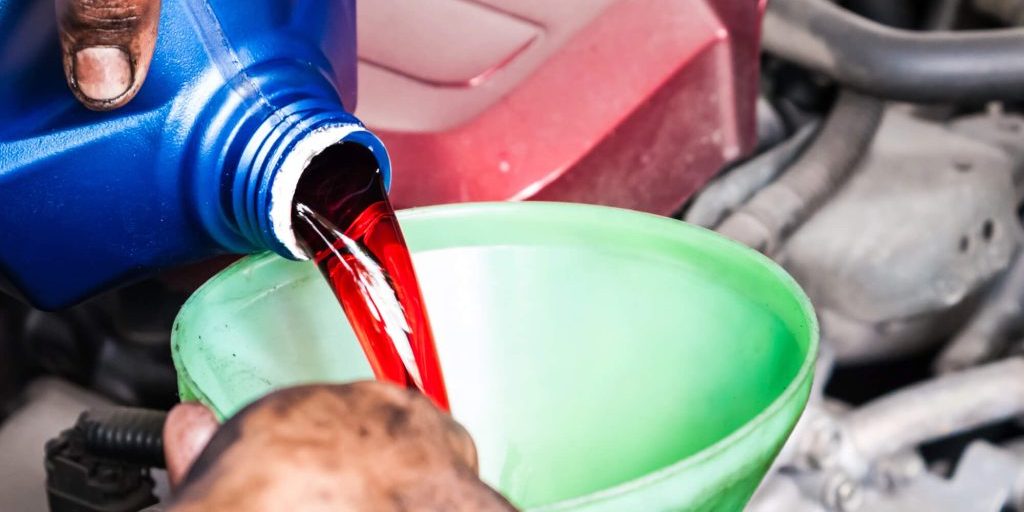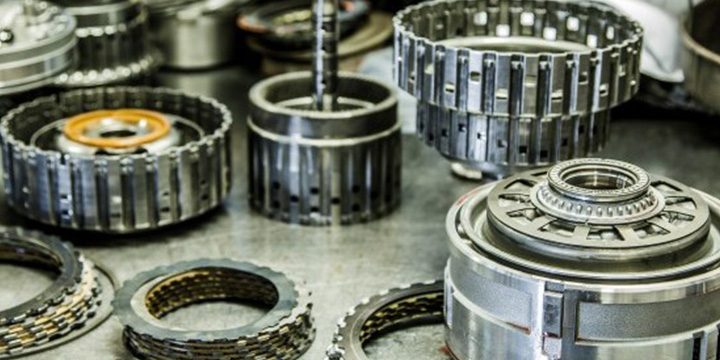What is a transmission? Unveiling the different types of transmissions
October 11, 2023

If you’ve ever wondered how your car smoothly transmits power from the engine to the wheels, the answer lies in its transmission system. Both car enthusiasts and everyday drivers should familiarise themselves with the different types of transmissions to fully appreciate their vehicle’s performance, fuel efficiency, and driving experience. In this comprehensive guide, we’ll explore various transmission types, including the traditional manual, the user-friendly automatic, and more advanced types.
The Role of a Transmission
A transmission is a sophisticated mechanical system that converts power generated by the engine into movement of the wheels. It’s the critical junction where engine performance meets wheel action, ensuring your vehicle responds adeptly to different driving conditions.
Different Types of Manual Transmissions
Manual Transmission
The classic manual transmission is characterised by a gear stick and a clutch pedal. The driver is fully in control of gear changes and clutch engagement, facilitating a direct interaction with the vehicle’s power delivery system.
Advantages
- High level of driver engagement
- Better fuel efficiency with skilled usage
- Lower maintenance costs
Disadvantages
- Requires considerable driver input
- Not ideal for heavy traffic conditions
Different Types of Automatic Transmissions
Automatic Transmission
The automatic transmission is equipped with a hydraulic torque converter instead of a clutch, enabling the vehicle to change gears without driver intervention. Its electronic control unit optimises shift timing, ensuring a smooth driving experience.
Advantages
- Ease of use
- Suitable for heavy traffic
Disadvantages
- Lower fuel efficiency
- Higher maintenance and repair costs
Torque Converter Transmission
This automatic system is fitted with a torque converter that replaces the traditional clutch, allowing for dynamic torque multiplication when accelerating from a stop, thereby providing smoother gear shifts.
Advantages
- Smooth operation
- Better low-speed torque
Disadvantages
- Reduced fuel efficiency
- More expensive to maintain
Continuously Variable Transmission (CVT)
CVTs operate without gears in the conventional sense. Instead, they continuously vary the transmission ratio, effectively offering an infinite number of gear ratios to ensure optimal engine performance under different driving conditions.
Advantages
- Superior fuel efficiency
- Smooth driving experience
Disadvantages
- May lack the feeling of gear shifts
- High repair costs
Advanced Types of Transmissions
Dual-Clutch Transmission (DCT)
The DCT uses two separate clutches for even and odd gear sets. This system enables extremely quick gear shifts, minimising the interruption of torque delivery to the wheels. One clutch disengages the current gear while the other engages the next one almost simultaneously.
Advantages
- Quick gear changes
- Better fuel efficiency
Disadvantages
- Complex and expensive to repair
- May be jerky at low speeds
Direct-Shift Gearbox (DSG)
Similar to DCT, a DSG uses two clutches but adds a manual shifting option. It can function fully automatically or allow the driver to manually select gears via paddles on the steering wheel, thus offering a dual experience.
Advantages
- Quick and smooth gear changes
- Flexibility of manual gear selection
Disadvantages
- Complex and high maintenance costs
- Reliability concerns
Electronic Variable Transmission (EVT)
This type of transmission employs electronic controllers to continuously alter gear ratios. Often paired with hybrid systems, an EVT can integrate electric motor generators for improved fuel efficiency and a smoother drive.
Advantages
- Excellent fuel economy
- Seamless driving
Disadvantages
- High repair costs
- Limited driver engagement
Dedicated Hybrid Transmission (DHT)
Specifically engineered for hybrid vehicles, a DHT allows for the seamless interplay between the electric motor and internal combustion engine, maximising efficiency and performance in hybrid driving conditions.
Advantages
- Highly efficient
- Ideal for hybrid vehicles
Disadvantages
- Limited applicability
- High repair costs
Automated Manual Gearbox (AMG)
An AMG system is essentially a manual transmission system equipped with electronic actuators that automate clutch operation and gear shifts. The driver can opt for manual control or allow the system to act automatically.
Advantages
- Allows manual control
- Easier to use than a full manual
Disadvantages
- Not as efficient as a traditional manual
- Lacks full manual engagement
Let’s Make Sense of Transmissions Together!
Feeling a bit overwhelmed with all these different types of transmissions? Don’t worry, you’re not alone. Here at Automatic Transmissions R Us, we’re always happy to help. Whether you’re looking to understand the basics or dive into the nitty-gritty details, our team of experts is just a call or click away. If your own transmission is playing up, contact us.
Read on...



